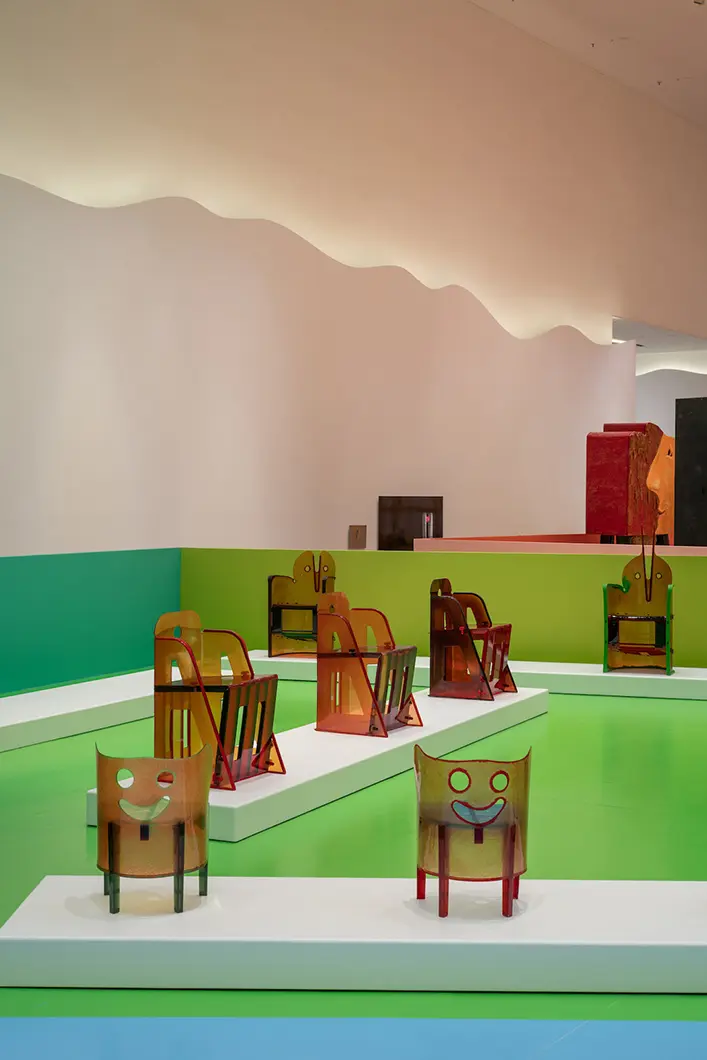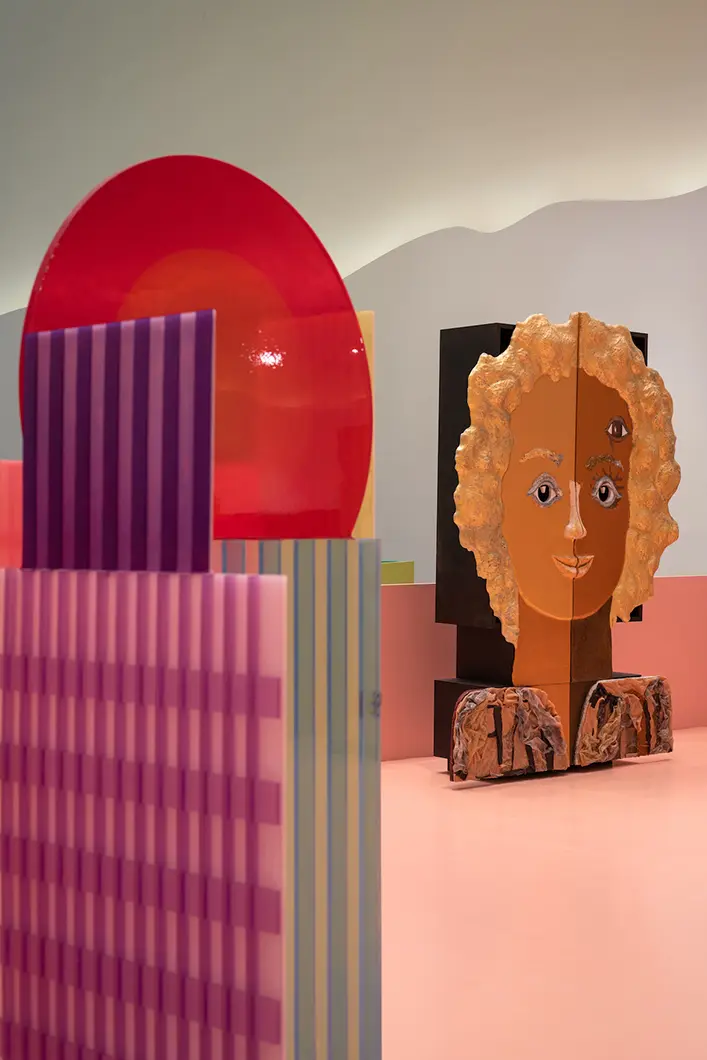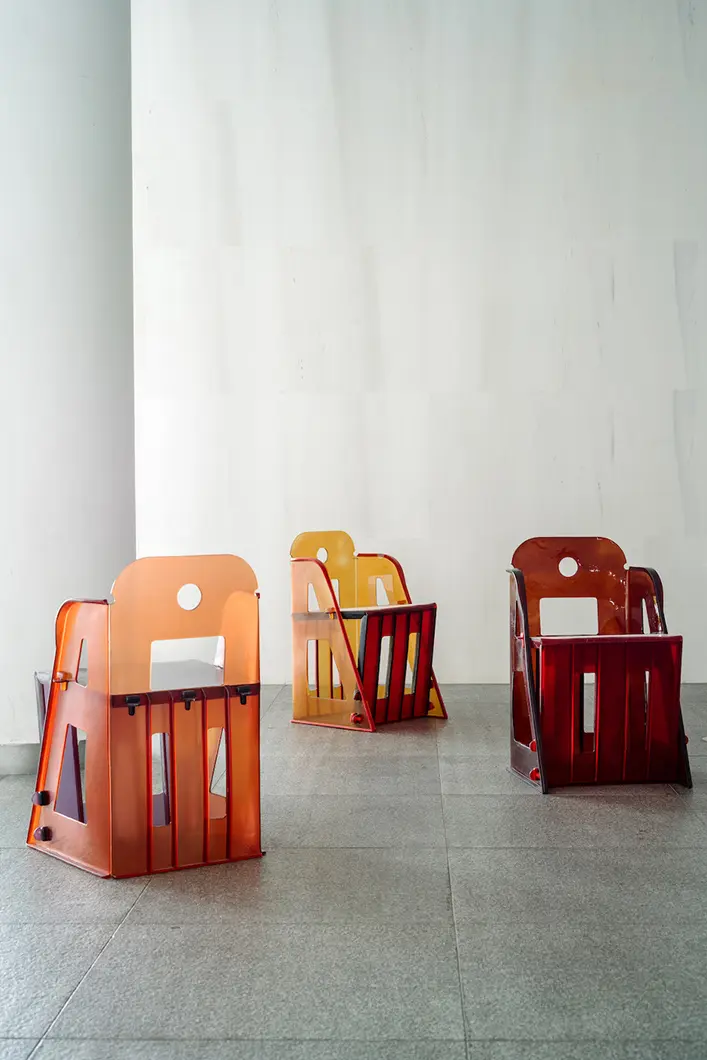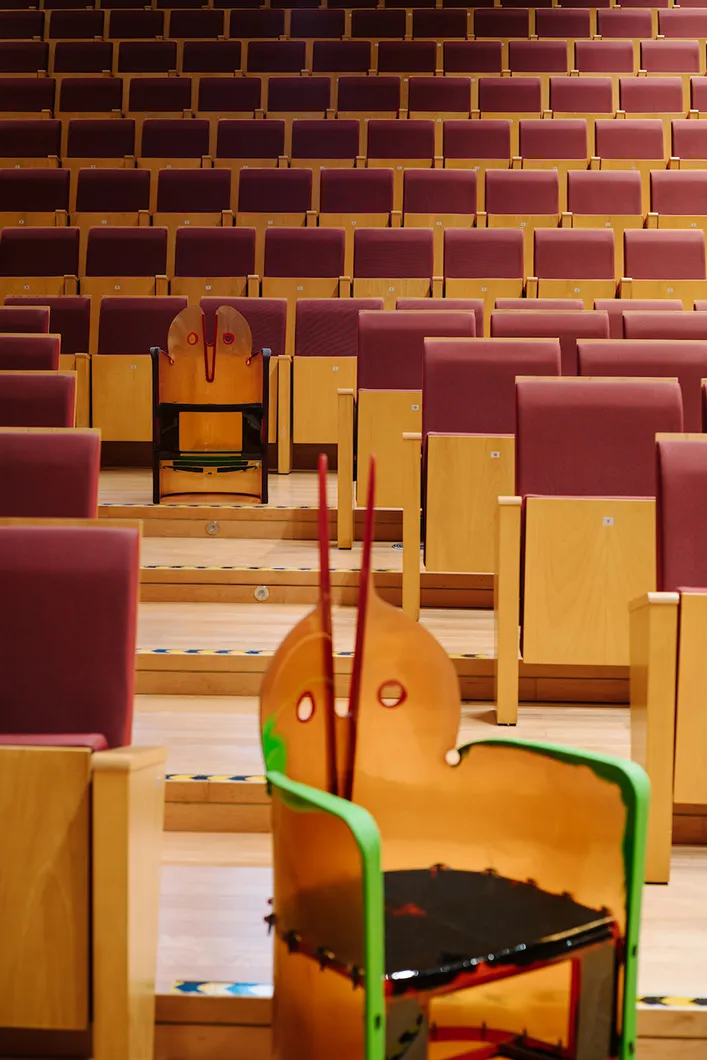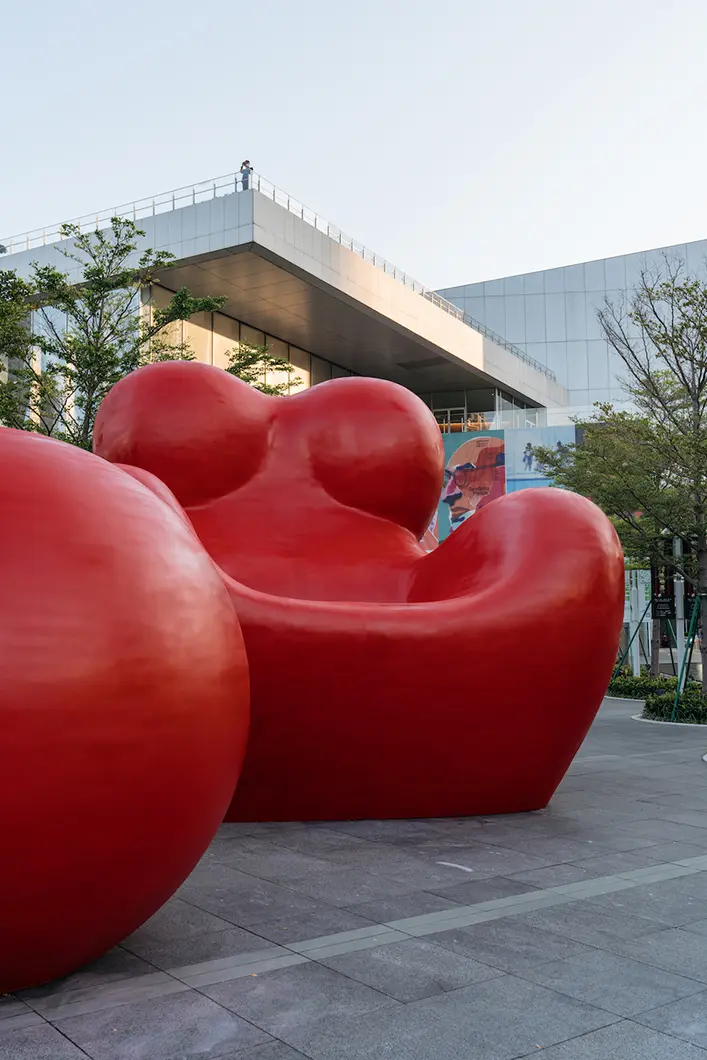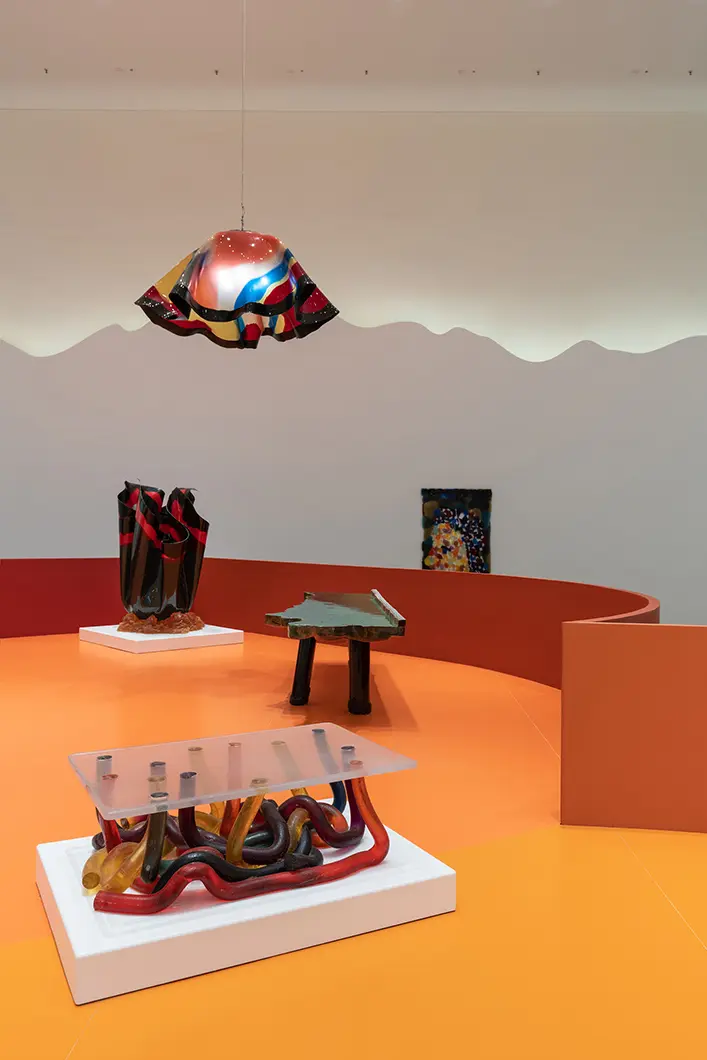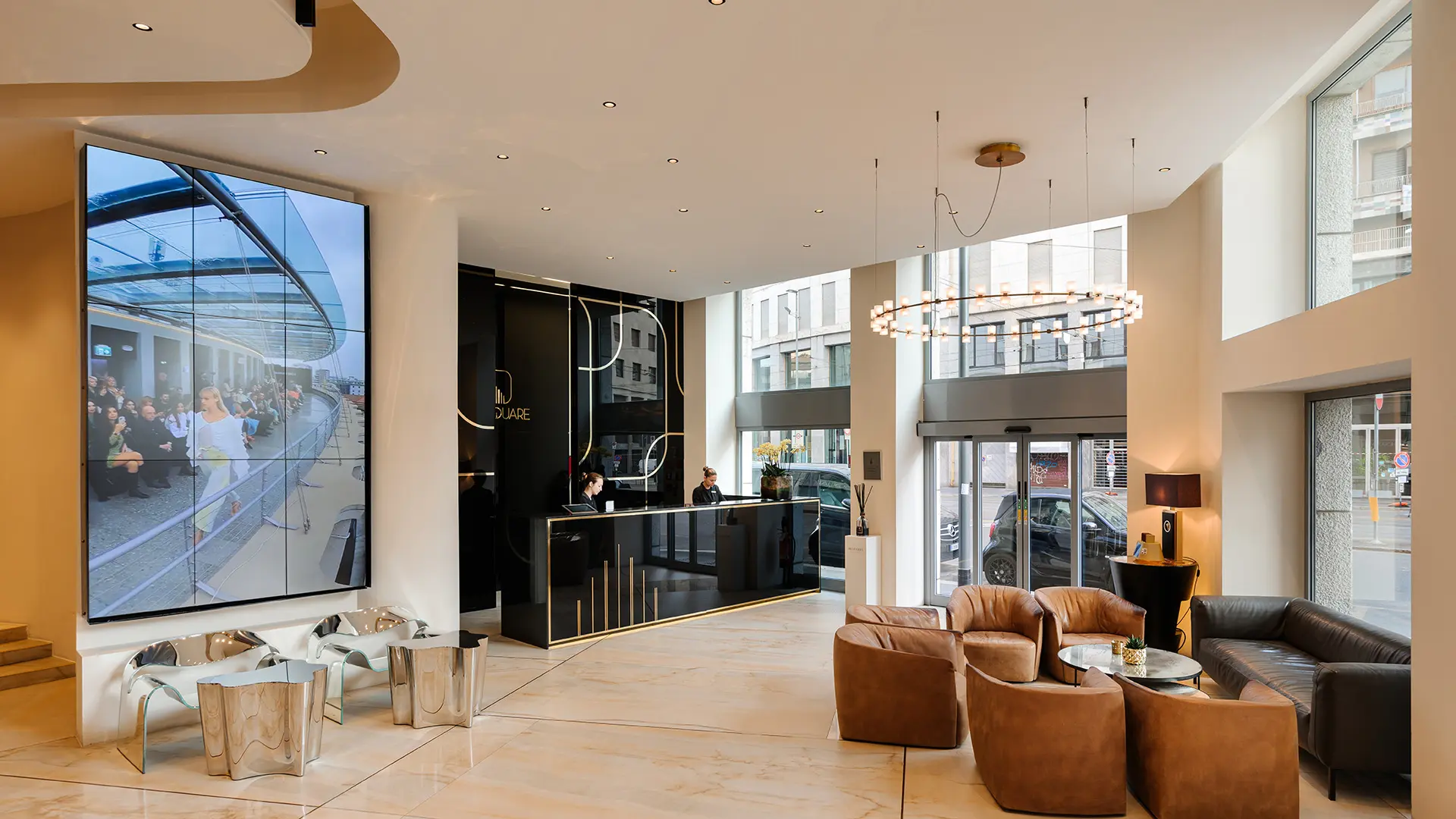In partnership with MiCodmc, a selection of establishments ripe for discovery during the 64th edition of the Salone del Mobile.Milano, from 21 to 26 April 2026
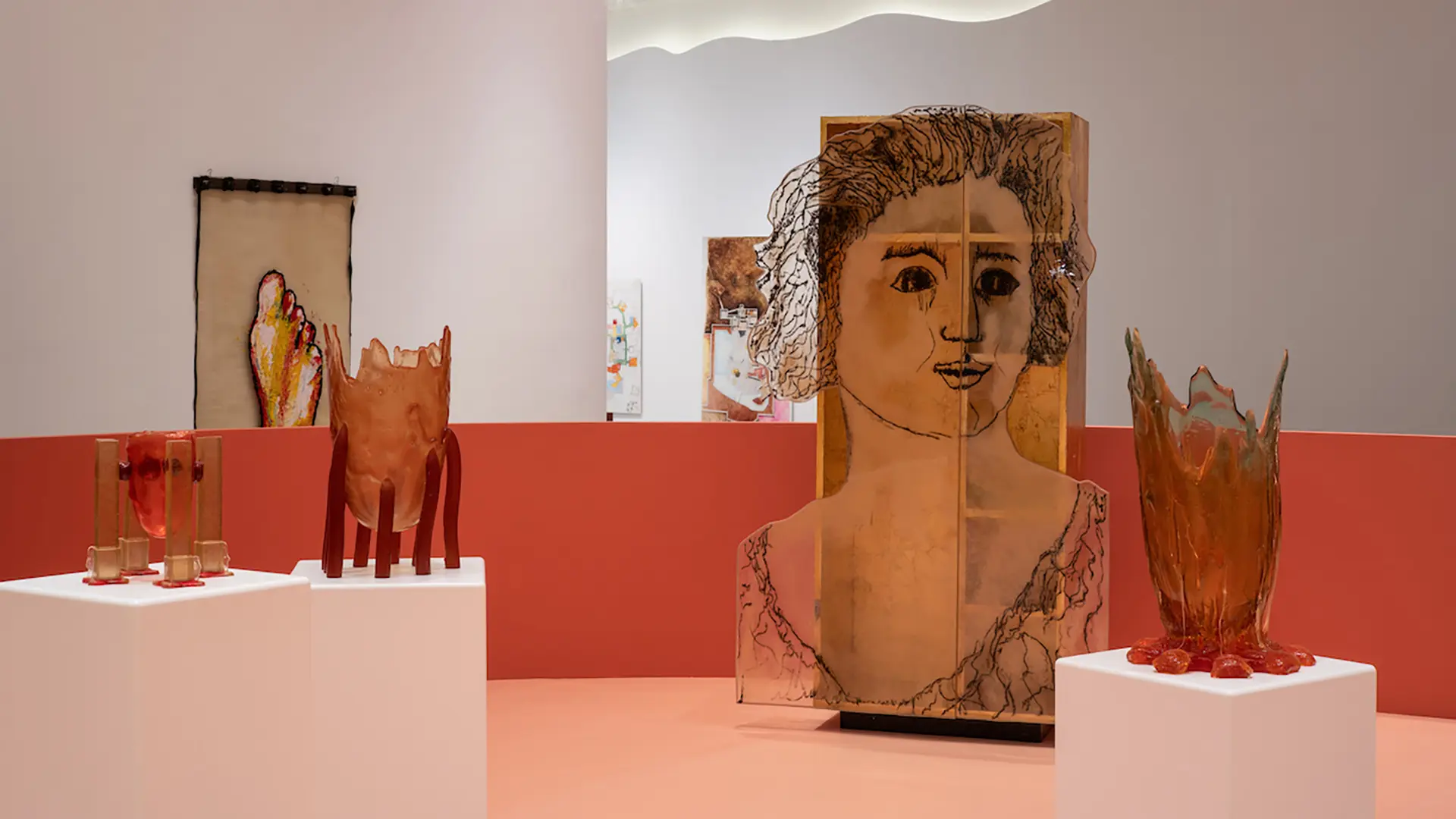
Gaetano Pesce, Nobody’s Perfect
A large one-man show in Shenzhen with interminable queues outside, experimental projects that include a table without legs and that unchanged sense of freedom. A lengthy chat, from New York, with the architect and designer Gaetano Pesce.
None of us is perfect, for one reason or another. There is no perfection in the human race and our political classes are a good example of this. Being perfect only applies to God, if he/she exists. Nobody’s Perfect is the perfect title, not just for an exhibition but for everything we do. The fact that we’re not perfect is essentially a given, isn’t it? It was the Chinese who chose the title, but it’s based on the chair I created in 2001, which is included in the exhibition.
It’s not pessimism, it’s more a question of acknowledging the reality, a form of awareness. What’s more, it’s optimism because acknowledging the way things are serves as a warning. We are not perfect - we try to do better. There’s a desire to improve, in a way.
The director of the museum wrote to say that it’s enjoying huge success, I can say that there was a video operator who asked to shoot a car advertisement, but couldn’t get in, the queue was so long. There have been 10,000 visitors since it opened.
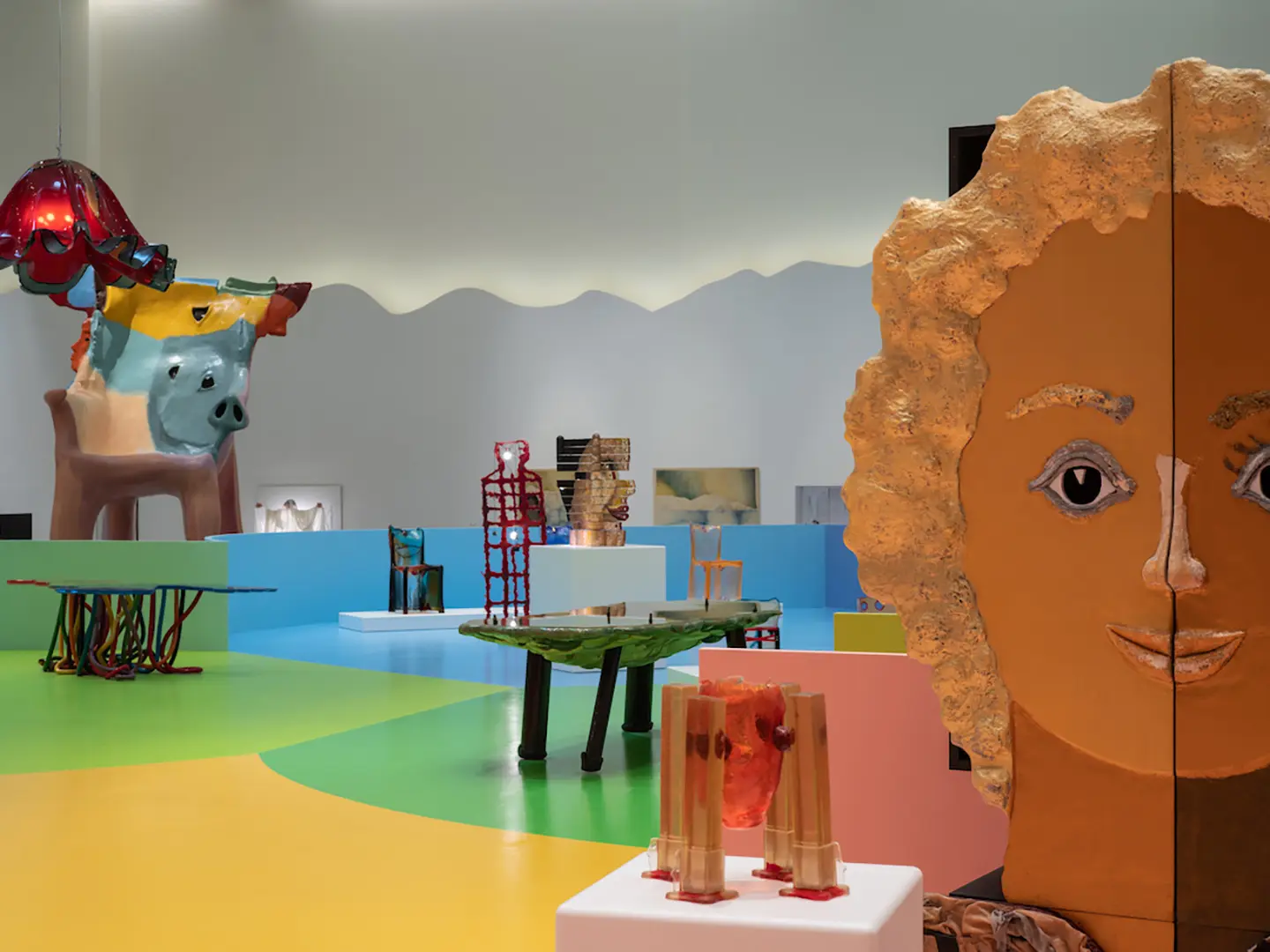
Gaetano Pesce, Nobody’s Perfect
A lot of intellectuals criticise consumerism, but actually if you look at it properly it’s a progressive concept, which leads to curiosity. Consuming also means reading a book, or listening to a song, going to an exhibition or a concert. One think I liked doing, when I travelled, was going to the supermarket. I gave me an insight into lots of things, especially the cultural level. Consumerism is criticised by moralists, and perhaps we can do without moralists.
What counts is that there is at least one chair, or table, that can drive people’s mindsets forward. The last thing I designed was a table with no legs. That’s what I’m saying: by trying and trying again we achieve innovation. All we can do is to help progress become the present.
It’s not yet time to take stock. Because my work continues to be curious in various ways - the things I did years ago are not the same as the ones I do today. Then the work of a creator shouldn’t be coherent, precisely because the reality around us isn’t. It used not to be like that, but now values only hold true for a couple of days, then they change, then they come back and contradict themselves.
Because it makes for surprises, it involves playing with different, surprising values and so it’s useful as a creative approach. Lack of coherence means that things one does aren’t always recognisable. If there wasn’t a name written outside, nobody would know it was my exhibition: there are so many different and controversial things there that it would be really difficult to work it out.
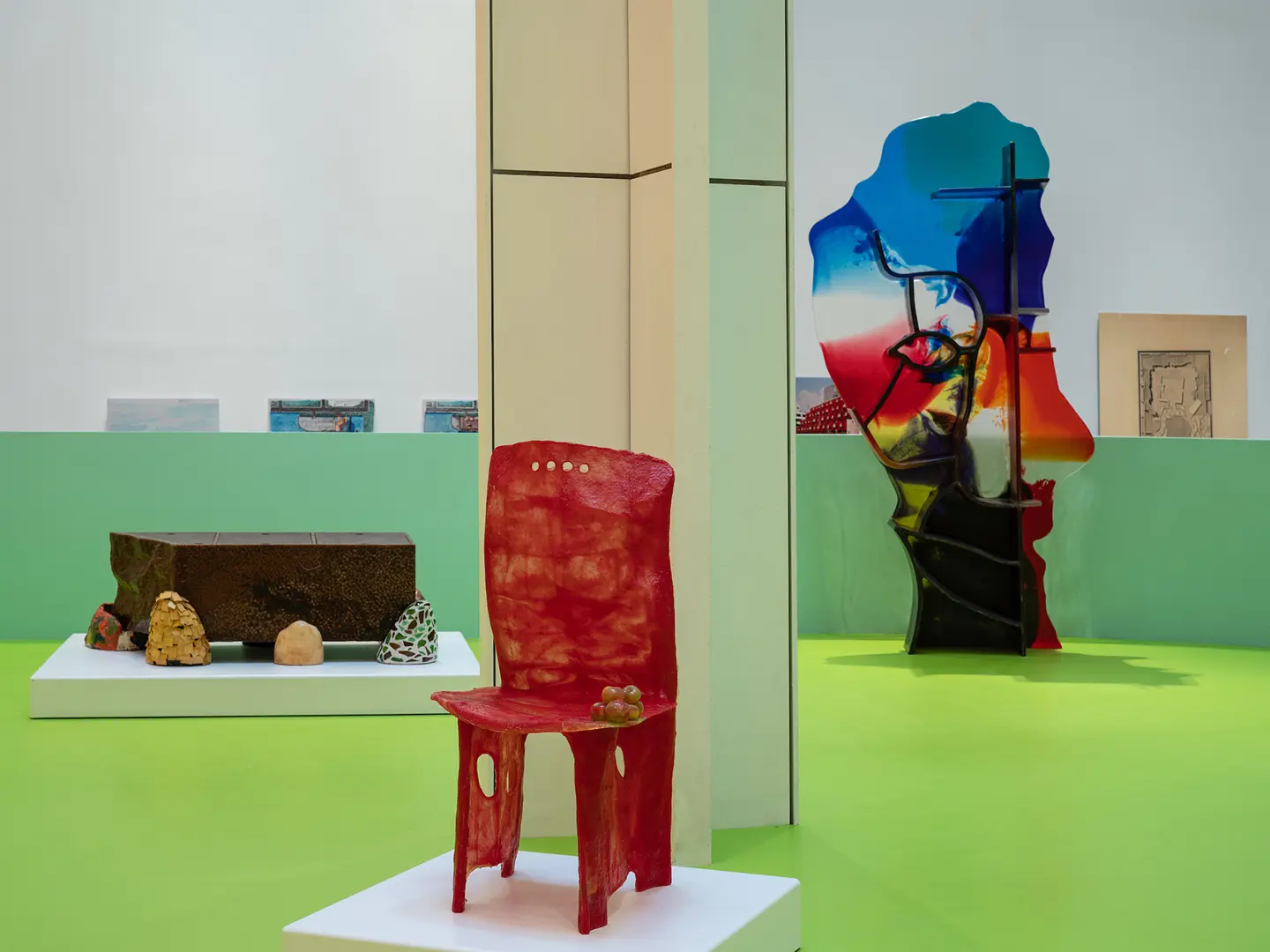
Gaetano Pesce, Nobody’s Perfect
Unlike what often happens, architecture should interpret the setting in which it’s erected. So that is the future of architecture, being able to express the diversity of the world. This is a useful target that eliminates the formalism we see so often. I haven’t taken on many architectural projects because it is so sacred and important that I respect it. I think architects should be more sage and less commodified.
Design should be enriched with an element that isn’t either practical or functional. It has to be functional, but now we can express what we feel ourselves: that’s the future of design. It has a double meaning, practical on one hand and philosophical and political on the other. This is design being open to art, design ensures that the art will be useful to the world if it evolves towards content that relates to reality, not to formalism.
It’s a language of art. If it becomes enriched with a significant element such as a political, religious or existential component, then it becomes more complex and of more use to the world. So you can make a chair that you can sit on, but which also triggers reflection.
Even then I was speaking about something that’s still very much alive. Women’s condition is dramatic, men are very tired, they crave power but deep down they’re very weak. It seems to me that design has taken a step forward in this regard, it still works today, because it raises a new curtain: on meaning. For a design project that is also cultural.
Italy went through an incredible period, known as Futurism, a movement that took industry – cars, noise, manufacturing, modernity really – and turned it into art. That movement lasted for years and first took off with a number of graphic designers and then architects. Really interesting minds and projects that gave Italy a new art: design.
The government should take action, valorise its own talents and make industries contribute part of their revenue to research. That would then go towards kickstarting creativity.
Absolutely not. Let’s go back to that creativity, the country really needs it.

A Matter of Salone: the new Salone communication campaign
From a reflection on humans to matter as meaning: the new Salone communication campaign explores the physical and symbolic origins of design, a visual narration made up of different perspectives, united by a common idea of transformation and genesis



 Stories
Stories

